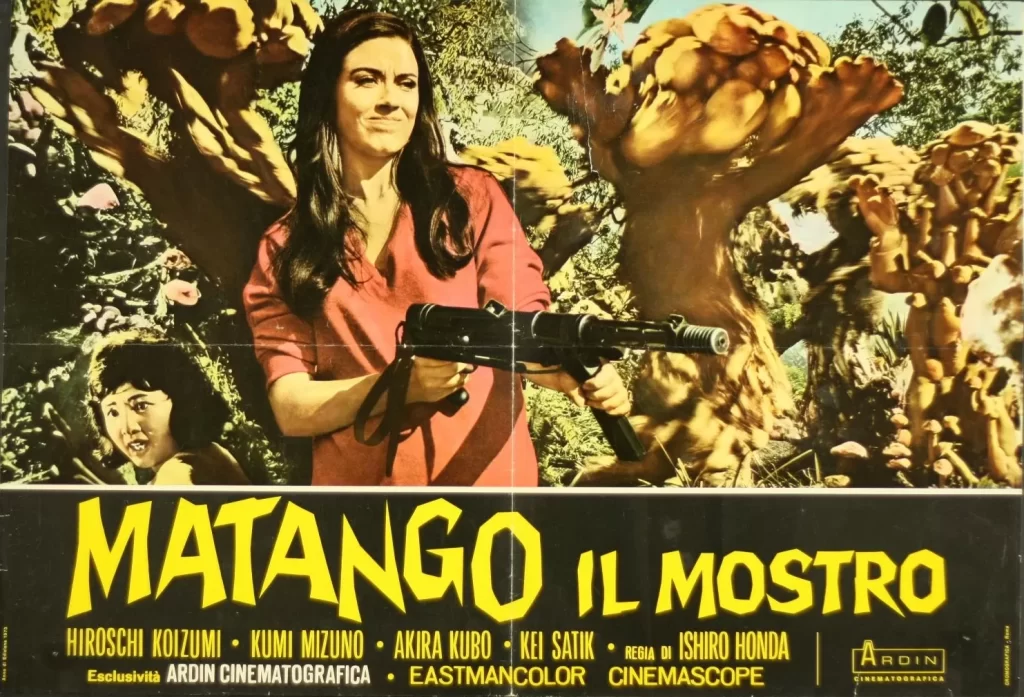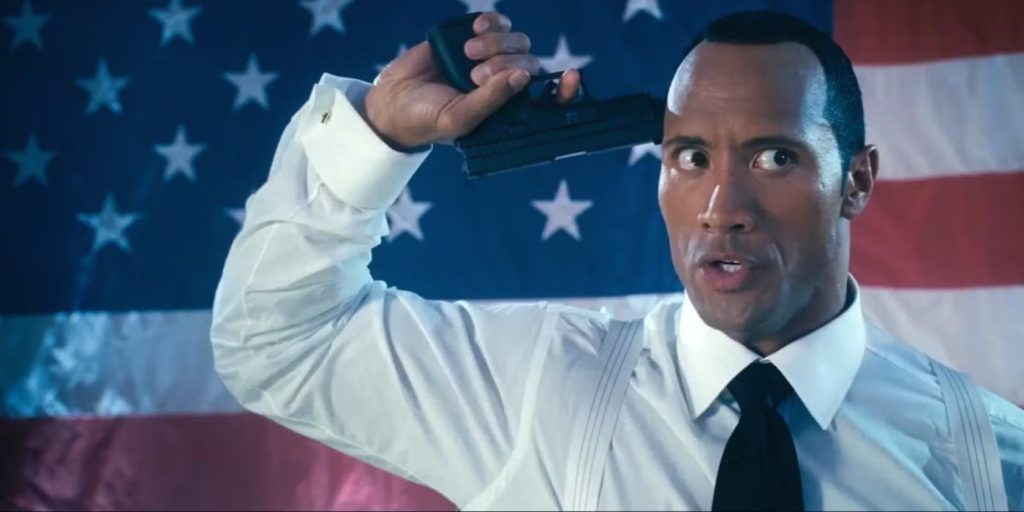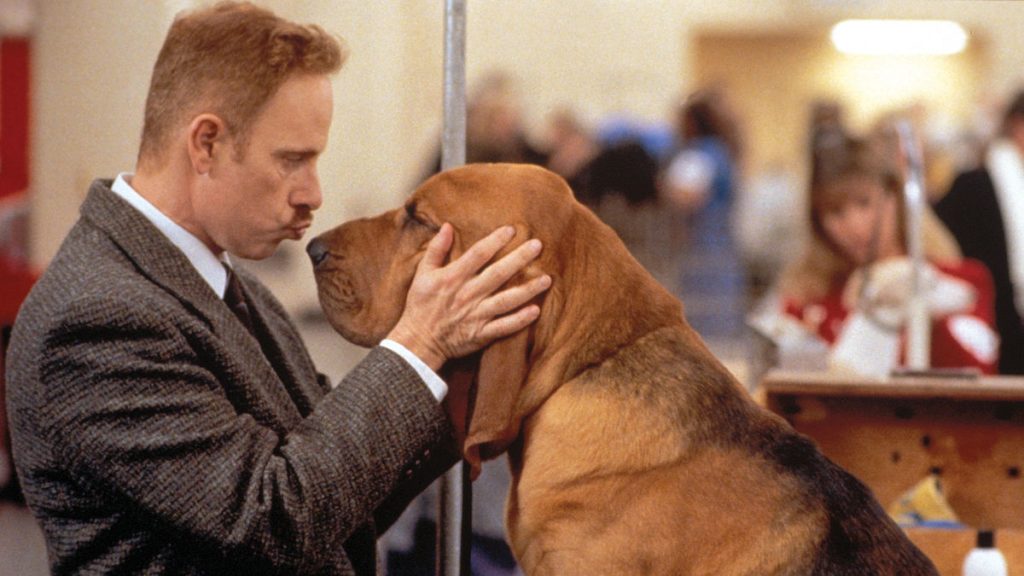When Peter Weir announced his retirement last month at a film festival in Paris, it had been 14 years since his last feature, 2010’s The Way Back. Still, his ardent admirers held out hope that he would sit in the director’s chair once more. Now on the verge of turning 80 (his birthday is August 21), Weir claims he doesn’t have the energy to mount a film, which makes sense considering he never took on a project that didn’t pose some challenge (physical, mental, logistical) over the four decades he was actively pursuing them.
As one of the directors in the vanguard of the Australian New Wave, alongside Bruce Beresford, Phillip Noyce, Fred Schepisi, and Gillian Armstrong (plus their Ozploitation contemporaries), Weir got his start with a passel of idiosyncratic shorts and television films he wrote, directed, and sometimes acted in when he was in the his mid-20s. His professional breakthrough came in 1971, when he contributed a segment to the omnibus film Three to Go and made the short feature Homesdale. Both won awards from the Australian Film Institute, setting the stage for his leap to cinema screens with 1974’s The Cars That Ate Paris.
Partially funded by the Australian Film Development Corporation, which was established to bolster its lagging film industry, Cars demonstrated that homegrown directors could prove as much of a challenge to tourism as outsiders like Ted Kotchoff and Nicolas Roeg (whose Wake in Fright and Walkabout painted the place and its people in unflattering lights). The inspiration for Cars, however, came to Weir while he was driving through France on holiday and was stopped by two men at a barricade who directed him down a detour, which he took without questioning it. There was ultimately nothing sinister about the encounter, but as he turned it over in his mind, Weir envisioned a way to make it so.
The premise of Cars – a small, isolated community that causes car wrecks, strips the vehicles for parts, and has any survivors lobotomized – is also prefigured by a scene in Homesdale. In it, the manager of the title establishment, which bills itself as “a new experiment in togetherness,” regales his guests with the story of a miner who faked road accidents. “Used his motorcycle to kill four wives,” he explains, and has one of his assistants (played by Weir) demonstrate how. This is in response to one guest’s assertion that, as a policeman, he had seen many exciting things, including road accidents. “Accidents? Oh, I don’t believe in accidents,” he replies. “Nothing is an accident.”

The same is true in Paris, which bases its entire economy around them. How it works is viewed through the oft-bewildered eyes of Arthur Waldo (Terry Camilleri), whose brother took the wrong turn-off while he was dozing in the passenger seat. (The desperation on the part of Paris’s residents to lure unwary travelers is made plain by the array of signs planted on the side of the road pointing in the direction of their literal tourist trap.) While both brothers are declared dead to the authorities, Arthur’s life is spared and he’s taken under the wing of Mayor Len Kelly (John Meillon, a familiar face from Wake in Fright and Walkabout, later of Crocodile Dundee and its sequel), who is eager to integrate this “new Parisian” into their micro-society. His reasons for doing so aren’t completely altruistic, though, since the town’s rebellious youth (who dress like western outlaws) have taken to fashioning cast-off cars into demolition-derby vehicles and terrorizing their elders. Having another adult on the side of order is imperative, but appointing Arthur parking officer and giving him a uniform isn’t the same as vesting him with any real authority.
By far, the most lethal-looking vehicle that rolls into town for the climactic showdown is the spiky Volkswagen Beetle that became the film’s signature image. Once the carnage commences – timed to coincide with Paris’s much-trumpeted Pioneer Ball – it’s a given that someone will wind up impaled on it. Contradicting the Mayor’s assertion that “nobody leaves Paris,” the mass exodus that follows the orgy of destruction (during which Weir delivers the grisly genre goods) marks the end of this misguided social experiment.
While it’s as rough around the edges as first features tend to be, Cars never runs short on ideas and is beautifully shot. It also finds Weir exploring themes he returned to over the course of his career: the isolated community mistrustful of outsiders (Witness), the disaffection of youth (Dead Poets Society), the unmoored feeling of a crash survivor (Fearless), naive innocents manipulated by authority figures playing God (The Truman Show). In spite of the muted response Cars received from audiences and critics, it paved the way for his next feature, 1975’s Picnic at Hanging Rock, which was a triumph and became a standard bearer of the Australian New Wave. From there, he was off to the races.
“The Cars That Ate Paris” is streaming on the Criterion Channel as part of its Australian New Wave collection.



